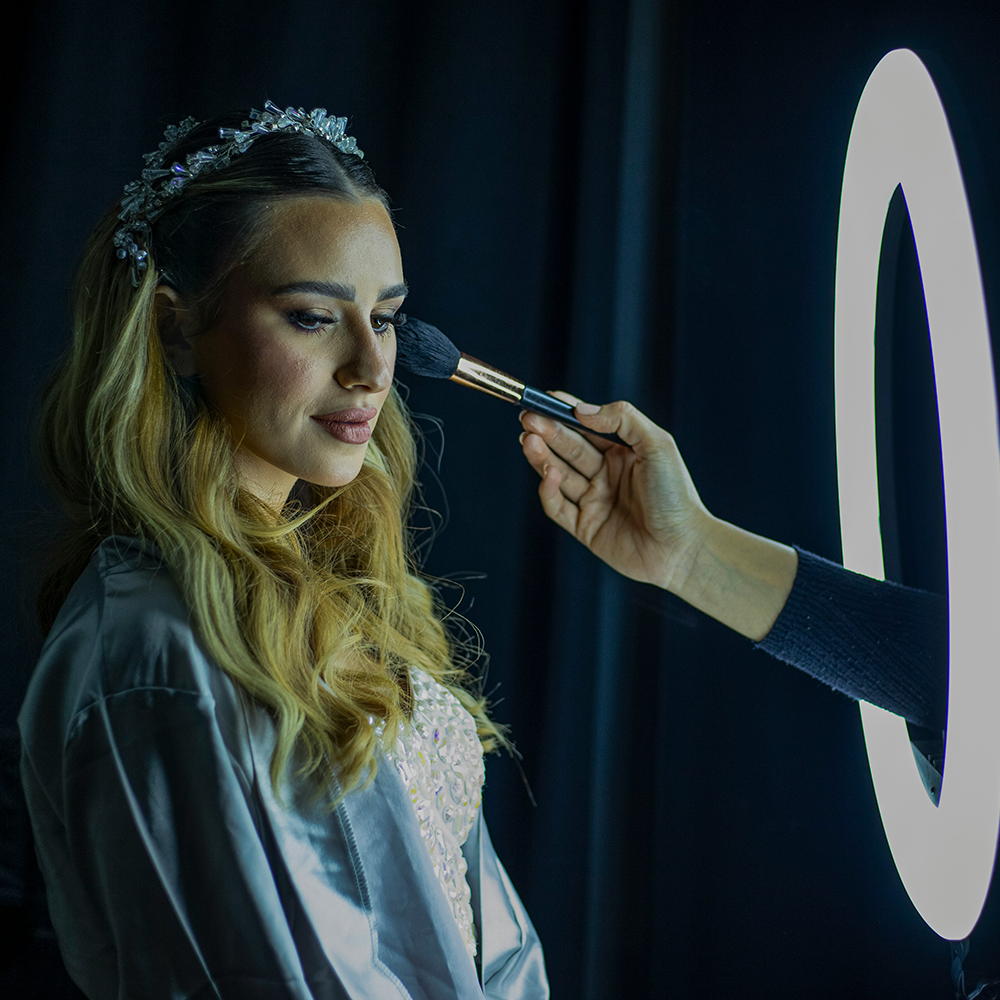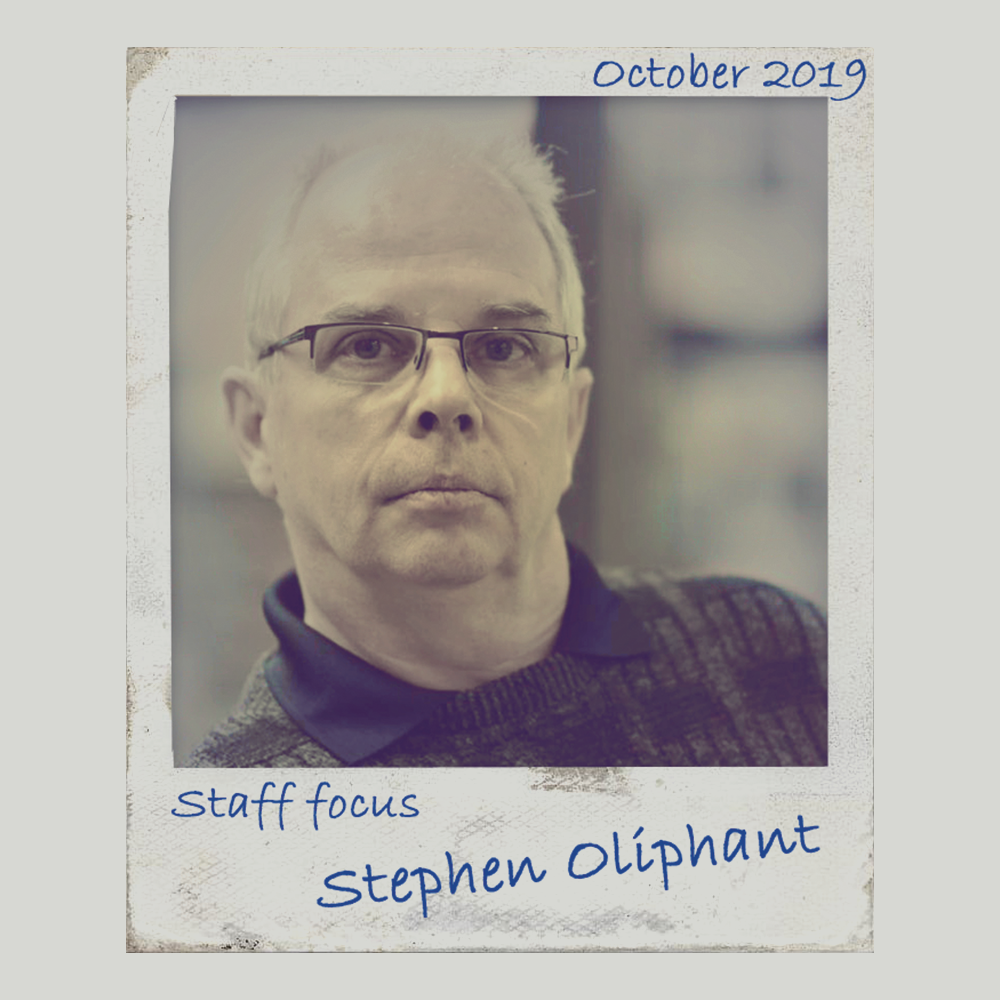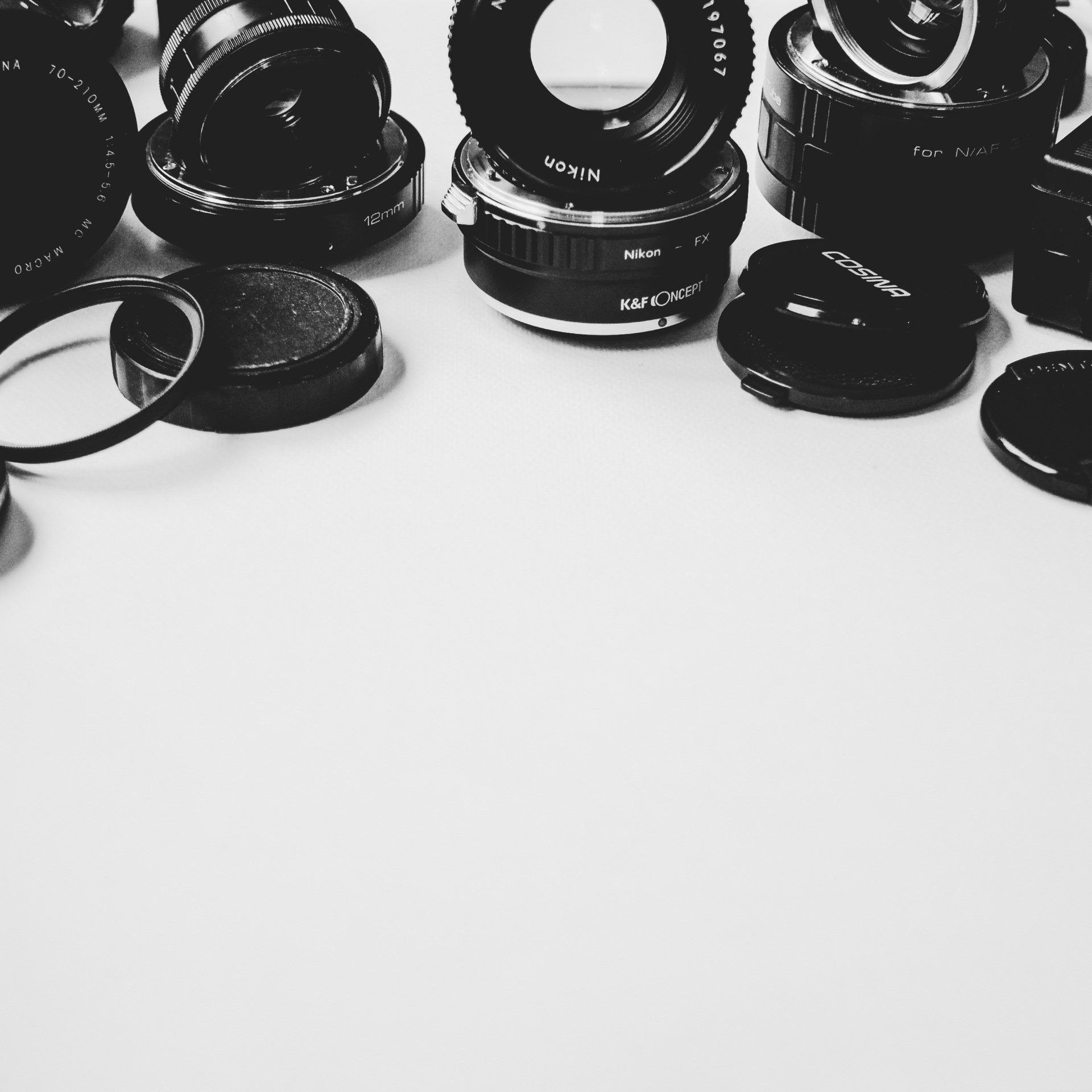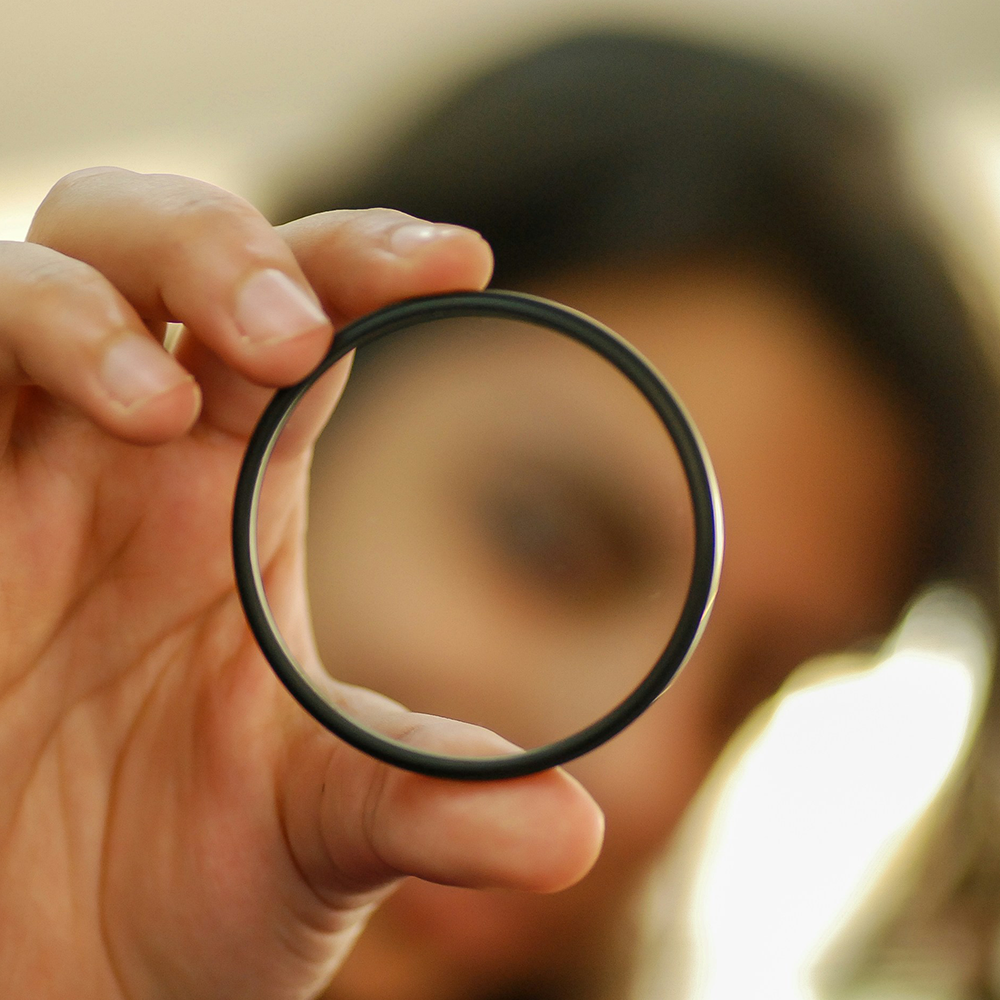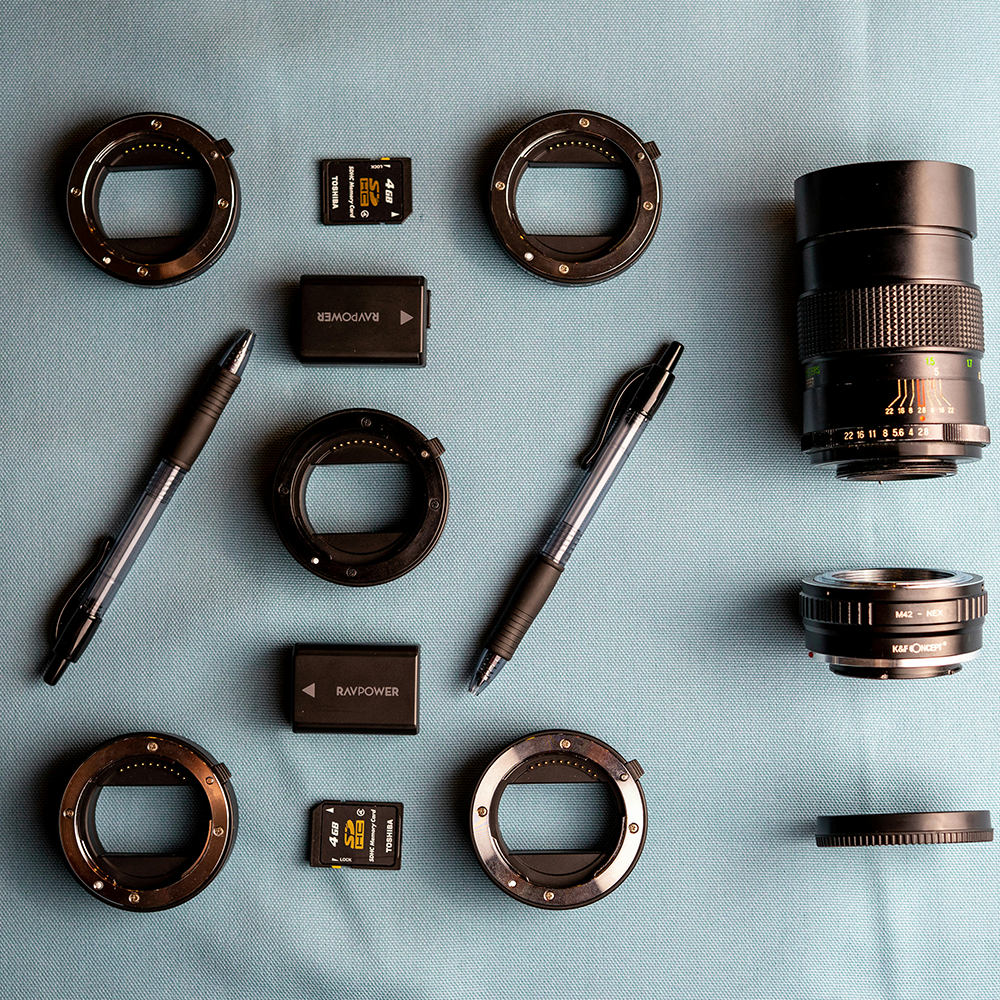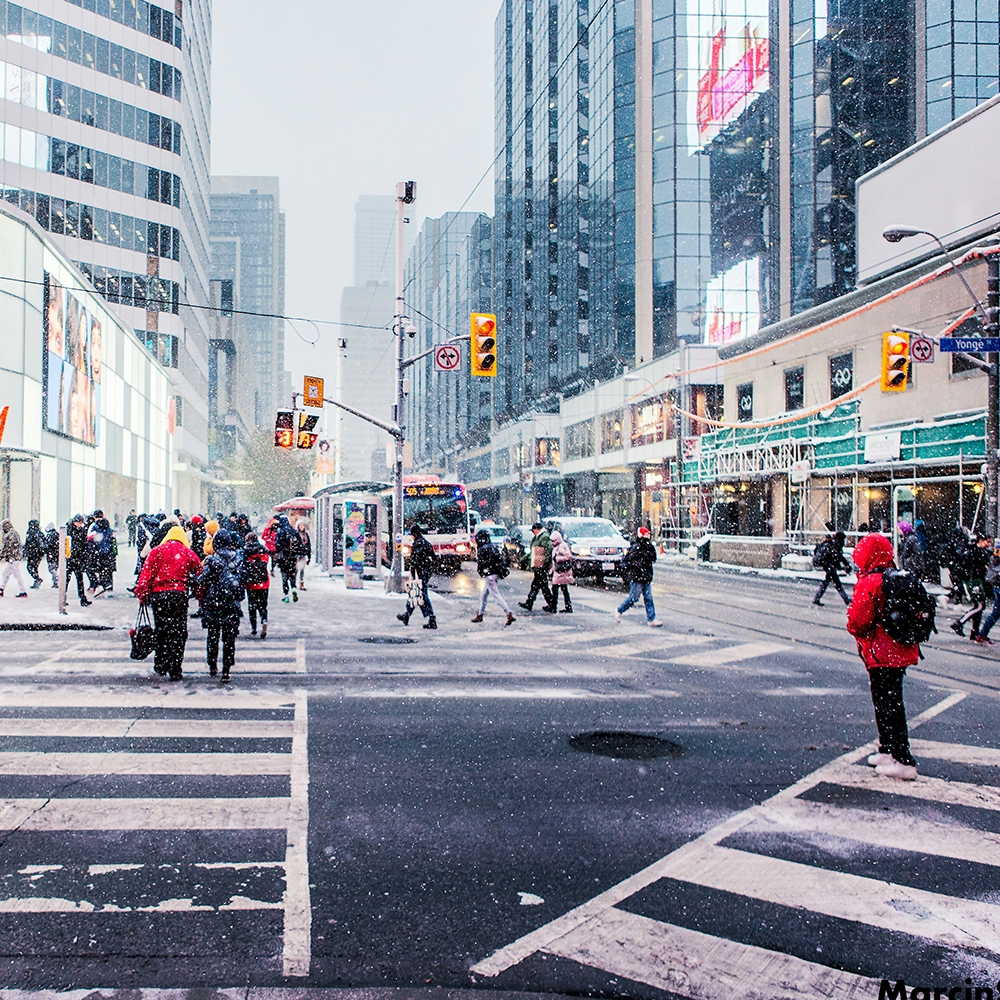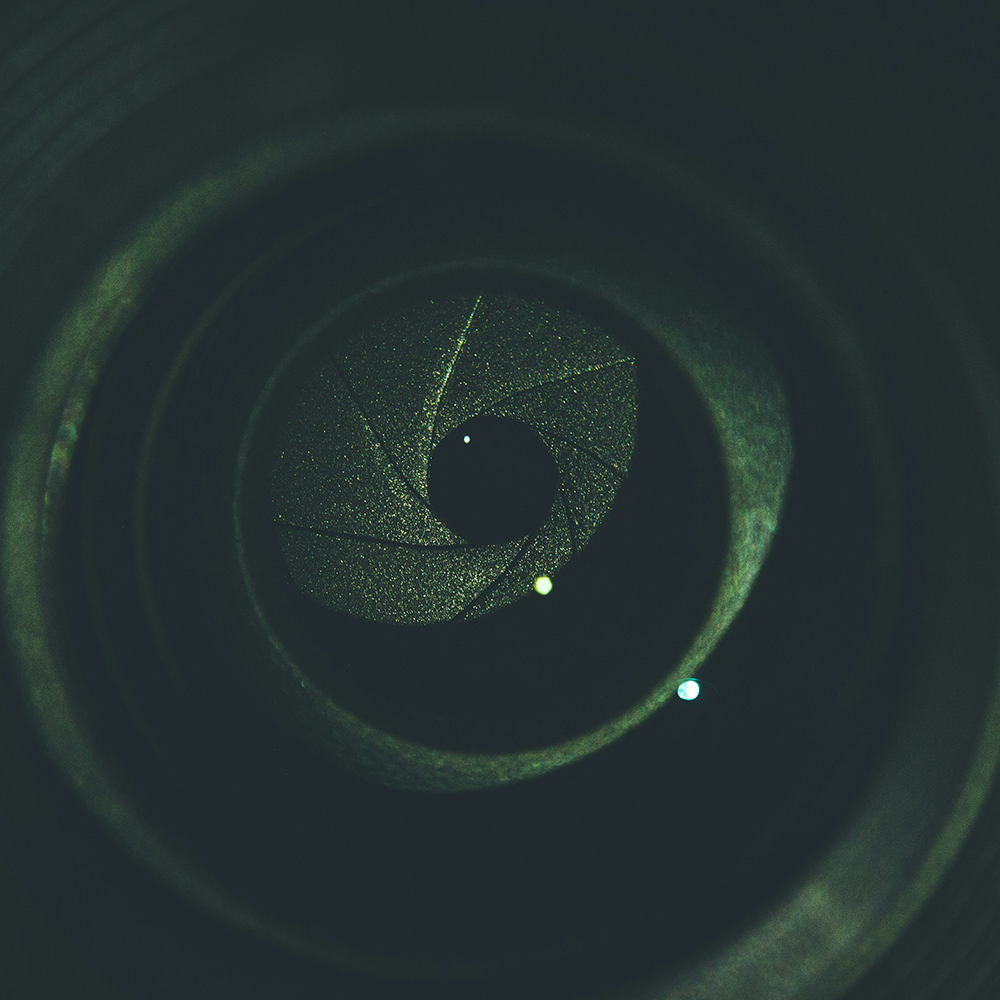OCTOBER WAS ONE FULL MONTH
This week has been a very busy week for the camera industry with several new items announced.
Nikon started the week off with the introduction of its DX version of the Z-Series mirrorless camera range, the Z50.
Nikon states:
"Meet the Z series mirrorless camera for the rest of us. Insanely small. Tough. Dead simple to use. Connected to your phone. Ready to transform you into a pro-caliber creator. Your followers won’t know what hit ’em."
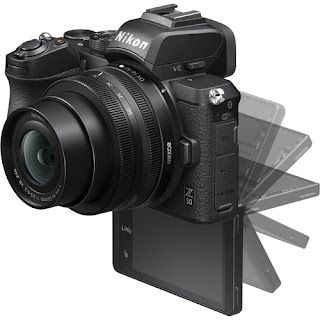
Keeping with Nikon's tradition of always having the same mount across their camera ranges the Z50 is no different. The Z50 has the same mount as the Z7 and Z6 cameras and can utilize the already existing S mount lenses from the full frame range. Already have F-mount lenses? No problem the FTZ adapter will take care of that even with the Z50.
The small form factor has no IBIS (in-built image stabilization) so you will have to rely on lenses that carry stabilization which was a bit of a let down considering the FX mirrorless lenses do not have any stabilization built into them, yet the new DX mirrorless lenses do.
Click the links below for product Specs
Also announced by Nikon are 3 new lenses (2 DX mirrorless lenses and 1 FX lens).
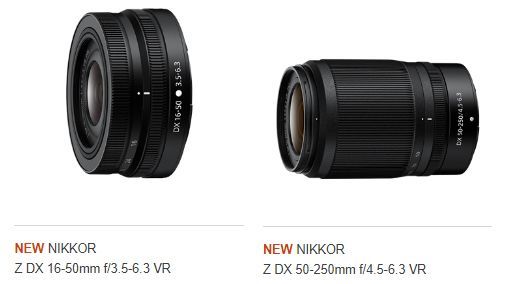
The Nikkor S 16-50mm VR DX lens looks like it will be the new "kit" lens going forward with the DX (APS-C) format. Having a 35mm equivalent length of 24-75mm it has good versatility as a walk-around lens, or, the lens you always start with as such when the camera sits in the kit bag for your travel photography.
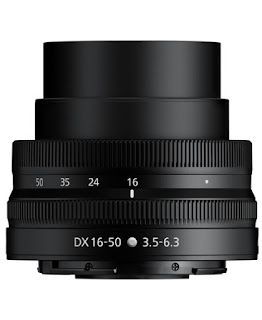
Another DX format S mount lens announced this week was the 50-250mm lens, which makes sense as it helps cover the most common zoom requirements and makes for a good lens-partnership with the 16-50mm "kit" lens.
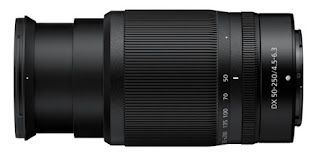
On the same day Nikon also announced the long awaited NOCT lens: the FX S-mount 58mm f0.95 mirrorless lens. Night (Noct) lenses are always a treat to have in your kit and the 58mm f0.95 will be no different, well erhem (polite cough), as long as you have a spare $10,499 in your back pocket that is.
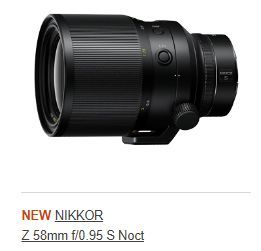
Considering that lens manufacturing companies such as Voightlander etc, have Night lenses of their own already available for full-frame at anywhere between $1700-$3000 for the F-mount I can see the Noct 58mm will only be for the elitist or for the financially well endowed. A very "Leica" move as such (i.e. very expensive and aiming at a very niche market place for no real obvious reason) and is something I would never have expected Nikon to ever do.
Disgust at pricing aside, I sure want to get my hands on and try out the lens once it is available, especially as low and challenging light is my [not so] secret passion.
Canon were not far behind Nikon's crop-sensor announcements with a crop-sensor announcement of their own: the EOS M200. Continuing on from the smaller more automated EOS M100 the EOS M200 brings to the format 4k video.

Aiming at the baseline consumer Canon are hoping to woo New comers to their own mirrorless systems and are greatly taking aim at the creator profiled market.
Personally I would have to say that if you are starting fresh out of the blocks into the online-entertainment world or simply wish to share selfie vids etc then this is a great way to start out.
Also this week, Olympus announced the long long l-o-n-g awaited update to the OM-D E-M5 line of cameras: The new OM-D E-M5 Mark III. It is internally very much the same as the OM-D E-M1 Mark II in specifications but in a smaller more portable format. The OM-D E-M5III follows its predecessors design format, the only 2 main physical differences is the battery is the smaller BLS-50 and the body material is no longer metal.
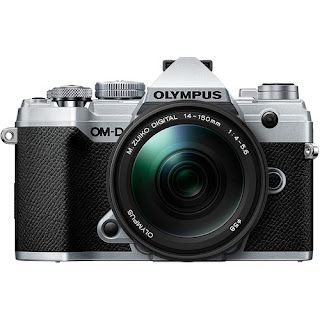
Olympus state, "Seeking adventure is in your DNA. You’re passionate about photographing all the far-flung places you visit. The E-M5 Mark III is just what you’re looking for. It’s compact, lightweight and comfortable — made for roaming the biggest cities, the smallest villages or the most remote destinations on earth. You’ll feel exhilarated instead of exhausted from carrying heavy gear. And then there’s the stunning stills and video. Thanks to an impressive range of pro technology, you’ll come home with images you’ll want to see over and over again. The E-M5 Mark III. All you need in one astoundingly portable system."
At the same time Olympus also announced that all pre-orders will qualify for a free additional battery for only pre-orders up until 21st November when the unit is expected to land on shelves across North America.
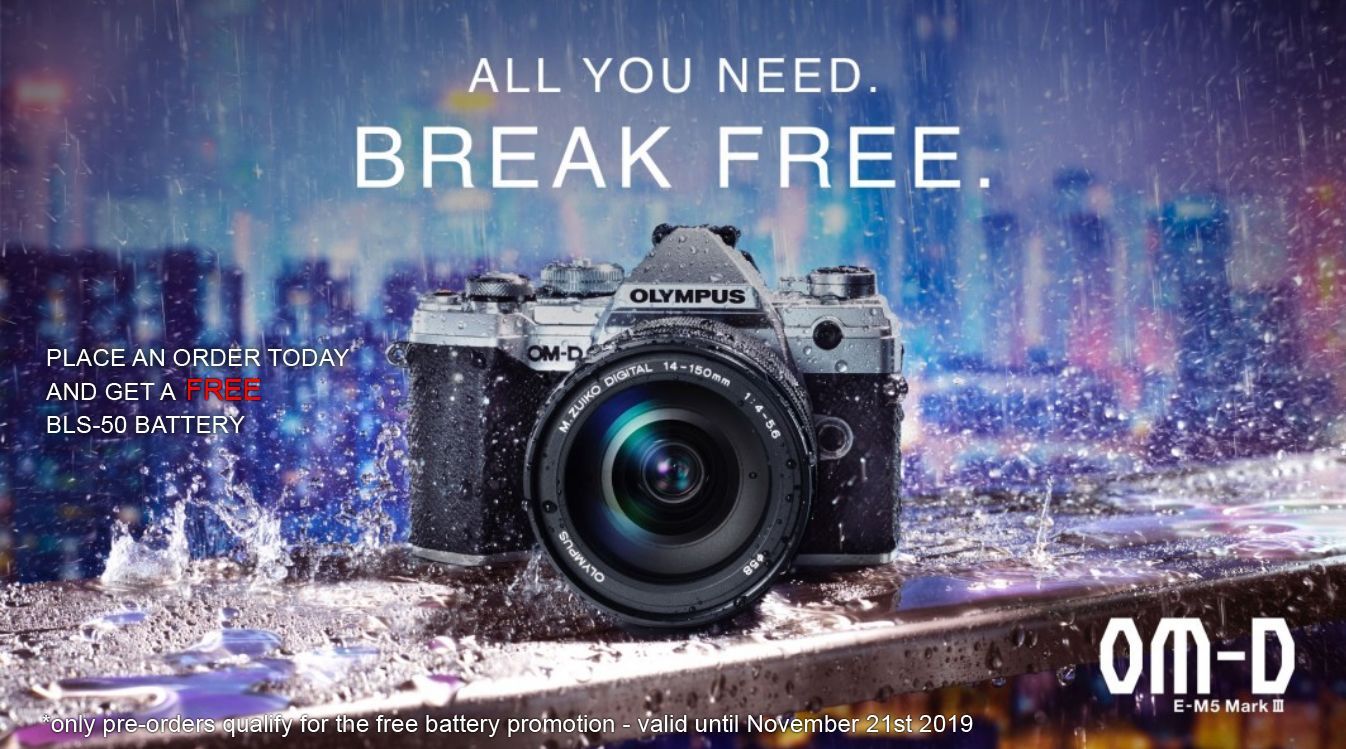
In other news:
DJI have announced the Robomaster S educational Robot.
A robotics kit that encourages learning on how robots are built and it comes disassembled so that you can build it to how you wish.
Up to 46 customizable components give you unlimited space for innovation, helping you grow and learn in an exciting way that expands the capabilities of your S1, and yourself. Six PWM ports support customized accessories, allowing you to explore the unlimited possibilities of the S1 and the magic of the robotic world.
As usual, see our stores for more details on any of the above mentioned products. Stay safe and have a great week.
